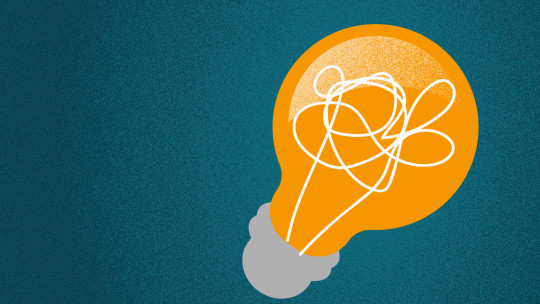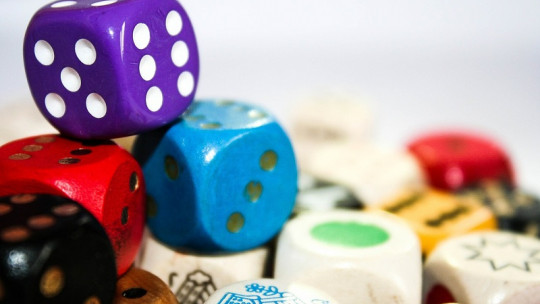
We are all clear about what a problem is and the difficulties it sometimes entails to find the right solutions.
I wish we could give you a unique and foolproof strategy to solve them, but unfortunately this does not exist: each situation is unique and requires specific skills and strategies.
How to solve a problem?
What we will do is review some classic cognitive theories that work as problem solving strategies We hope that some of them are useful to you.
1. The first step: define the problem
We know that having a problem does not mean, in any case, that we do not have the necessary resources to solve it, but rather that, many times, we do not know which ones we should use or how to apply them.
In order to find the solution First we must define the problem well This seems simple, but it is not always. We have to be clear about the current situation, that is, where we are starting from and what we want to achieve. Being clear about our objective or what to do to achieve it is not as easy as it may seem.
If we deeply analyze any problem we currently have and try to do the exercise of defining it, we may surprise ourselves. Precisely defining our problem will therefore be the first step.
When we are clear about the problem, the solutions can be very different. Sometimes achieving success will depend on unlocking a single obstacle, but other times we have different difficulties that we must resolve progressively.
2. Algorithms and heuristics
Whatever the problem and the solution, to solve it we will always have, a priori, different options. To focus on problem-solving methods, it will first be important to distinguish between two concepts: “algorithm” and “heuristic”.
An algorithm is a systematic process that specifically tells us how to reach the solution, step by step. Heuristics appear when it is not possible to use algorithms and they involve the participation of intuition. Unlike the previous ones, heuristics cannot guarantee that we will find the solution.
It seems obvious that the really complicated problems to solve are those that do not have algorithms; We will focus on these. We will also leave aside those solutions that require specific knowledge, that is, problems that arise simply due to a lack of knowledge and that we can only solve using previously learned strategies.
3. The trial and error method
One possibility is to use the trial and error method, consisting of try one or more actions and evaluate if the result obtained has brought us closer to our goal. This method will be useful when we do not have any guide to reach the solution and when lack of time is not an inconvenience.
A very basic example: if we want to open a door and we have different keys, we will try until we find the one that will open it. The idea is that next time we will be able to use the right key the first time.
Although it is a very basic example, there are many situations in our daily lives that we solve using this method and many of them are not so banal. Young children, for example, they use this strategy a lot in their daily activities. Also in our social relationships we usually modify our behavior based on the results obtained through trial and error.
4. The means-end analysis method
Another possibility is to choose actions that help us reduce the distance between the current state and our goal final. To do this, we highlight the means-end analysis method, which consists of defining the difference between the current state and the final state that we want to achieve as a solution to our problem.
Must create smaller subproblems or subgoals and easier to solve that will help us achieve our final goal. To do this we will establish as many subgoals as necessary; That is, if we have impediments with the first subproblem, we will create another one and thus reduce it as much as necessary. We will solve each sub-objective, one by one, until we reach the definitive solution to our initial problem.
5. Every problem has its own solutions
In short, there is no ideal method to solve our problems, but there are different ways to deal with them so that the solution seems simpler.
The two strategies that we have mentioned do not always work and there are many more that can be perfectly adapted to a specific type of problem, but we believe that they can be very useful as basic strategies for our daily lives, especially because we allow problems to be objective, simplifying them and thus allowing us to approach the search for solutions in a less overwhelming way.








